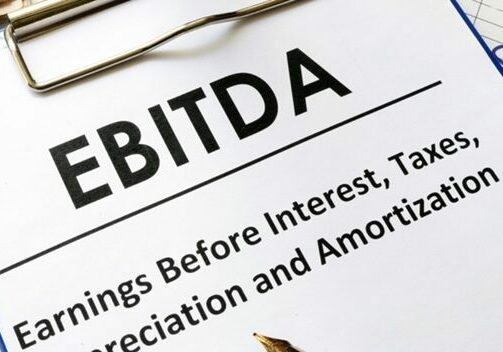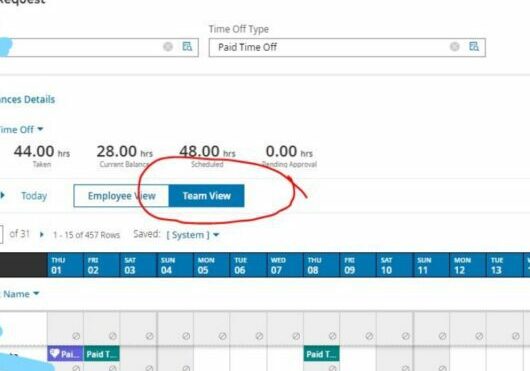Hiring Millennials: Bridging Generational Gaps for a Thriving Workplace
by Paul Devlin
Millennials, born between 1981 and 1996, have become a focal point in discussions about workplace dynamics, primarily due to their unique expectations and work habits. As businesses strive to attract top talent across generations, it’s crucial to recognize what makes each group tick and how to harness their strengths for a cohesive and productive workplace.
Understanding Millennials
Millennials have often been branded as the “job-hopping generation,” with studies like those from Gallup revealing that 60% are open to new job opportunities. This statistic, however, isn’t indicative of fickleness but rather a quest for meaningful employment and personal growth. To attract and retain millennial talent, employers need to offer more than just a paycheck.
Key Strategies for Hiring Millennials
-
Digitize Your Hiring Process: Millennials are digital natives. A streamlined, digital-first approach to hiring is not just preferred; it’s expected. From the application process to interviews, ensuring your hiring process is tech-savvy will attract millennial candidates.
-
Opportunities for Growth: Continuous learning is a priority for millennials. Organizations that offer clear career progression paths and opportunities for personal development will be more appealing.
-
Flexible Work Environments: The traditional 9-to-5 is becoming outdated. Flexibility in working hours and the option for remote work are significant factors for millennials deciding on a job.
-
A Purpose-Driven Culture: Millennials are more likely to engage with organizations that align with their values and contribute positively to society. Highlighting your company’s mission and impact can be a key differentiator.
Bridging the Gap with Other Generations
While focusing on millennials, it’s essential not to overlook the needs and strengths of other generations in the workforce, such as Baby Boomers, Generation X, and Generation Z. Each group brings valuable perspectives and skills to the table. For instance, Baby Boomers often have extensive industry knowledge and experience, while Gen Z workers are highly innovative and tech-savvy.
Creating a workplace that respects and integrates these diverse viewpoints can lead to more innovative solutions and a stronger, more united team. Strategies include:
- Mentorship Programs: Pairing younger employees with more experienced ones for mutual learning.
- Cross-Generational Teams: Encouraging collaboration among employees of different ages to blend skills and perspectives.
- Flexible Policies: Tailoring benefits and policies to meet the varied needs of your workforce, from flexible working arrangements to retirement planning.
As we navigate the complexities of today’s workforce, it becomes clear that the path to success is paved with diversity, flexibility, and a deep commitment to creating a workplace where every generation feels valued and empowered to contribute their best.
This article does not constitute legal advice. For more information please reference related articles in your APlus HR resource center or ask your friendly APlus CSS about our On-demand HR live advice line where, for a small fee, you can be connected to a certified HR advisor.




